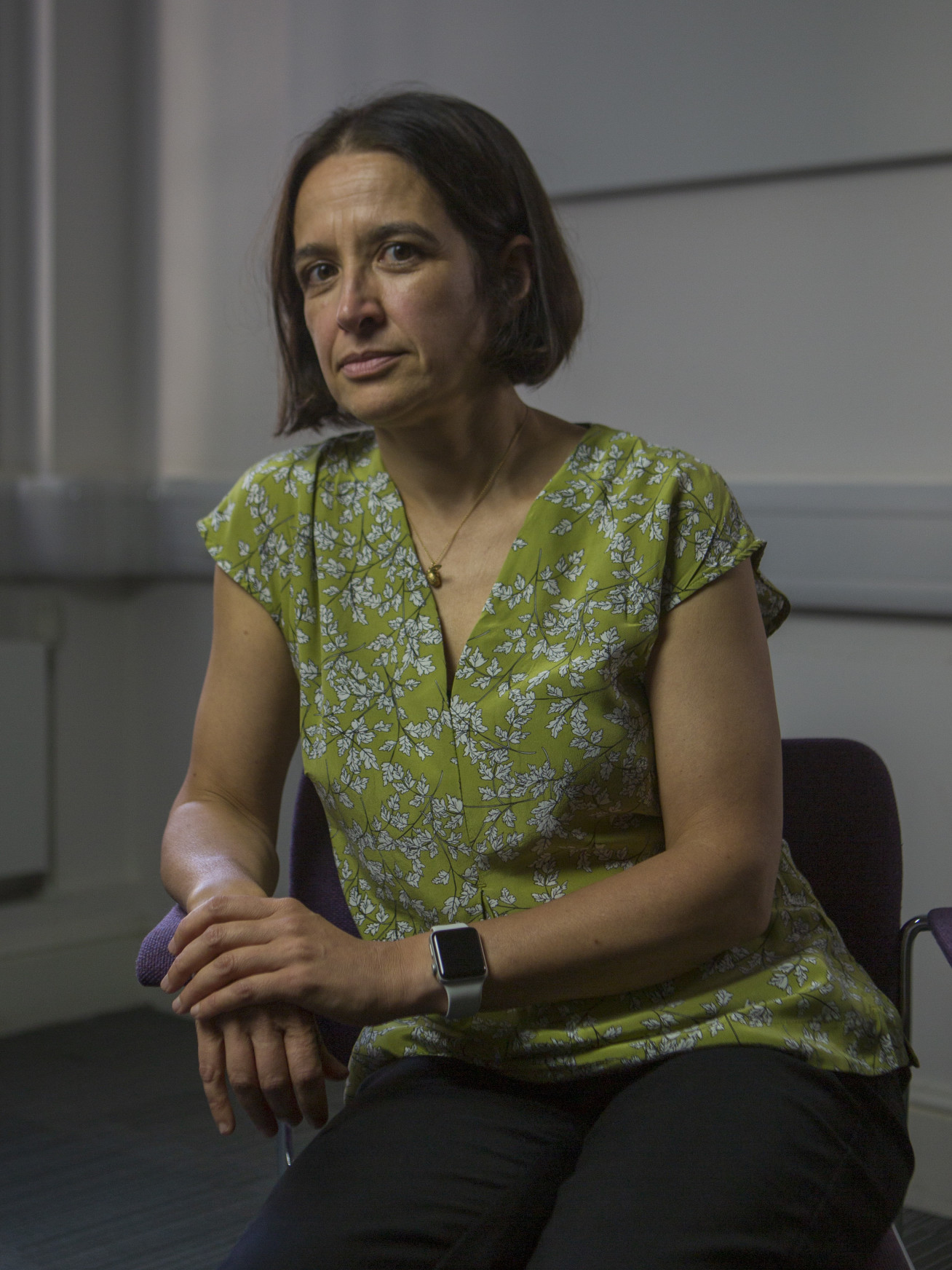Time crystals and drug delivery: News from the College


Here’s a batch of fresh news and announcements from across Imperial.
From new insights into prethermal discrete time crystals, to the direction of drug-delivery into the brain, here is some quick-read news from across the College.
Prethermal time crystals

DTCs also don’t reach thermal equilibrium, where all parts are the same temperature, which was thought to only be possible through a quantum physics – the rules that guide the very small.
However, a team including Imperial physicist Johannes Knolle from the CMTH group has now discovered that DTCs can be created through ‘classical’ physics alone, which governs the everyday world.
These ‘prethermal’ DTCs are influenced by high-frequency external drives to keep them from thermal equilibrium over extremely long timescales. This means researchers can now simulate and understand these strange systems much more easily than thought.
Read more in Physical Review Letters: ‘Classical prethermal phases of matter’ and Physical Review B: ‘Classical discrete time crystals in dimension one, two, and three’
Science fights malaria

A poll reveals the British public view science and medicine as Britain’s most valuable contribution to the world stage. A linked report by Malaria No More UK shows how British-backed science and research is helping to transform the fight against malaria, including examples of Imperial research, such as vaccine and parasite research, disease modelling, and genetically modified mosquitoes.
It also includes a digital molecular diagnostics device called Lacewing, developed by a team in the Centre for Bio-Inspired Technology at Imperial, which brings the sensitivity of lab diagnostics to resource-limited settings. The implementation of this technology is led by the Digital Diagnostics for Africa Network, an interdisciplinary community of experts between the UK and Africa.
Professor Azra Ghani, from the School of Public Health at Imperial, said: “Now more than ever we need to maintain our investment in this global fight to create a safer world for us all, and work with partners so that the right solutions reach those who need them the most.”
Read the full report: Best of British: How British-backed science can accelerate the end of malaria.
Decarbonising industry
In their essay Decarbonising Industry, Dr Oluleye and Lord Browne discuss the need for a holistic approach instead of focusing on individual technologies. They call on the UK government to set out ways for heavy industries to trial new business models and adopt systems encompassing 1) improvements to energy and resource efficiency, 2) changes to the fuels they use and 3) capturing carbon dioxide gas to stop it entering the atmosphere.
Drug-delivery directionality
The new paper, published in PNAS, is the first time that researchers have used real tissue data and 3D reconstruction to quantify the varying permeabilities in different parts of the brain. The modelling adds further evidence to the initial EDEN2020 paper which found that needles entering parallel to brain fibres, called axons, led to better fluid uptake in targeted brain areas, while needles that entered perpendicular to axons resulted in reduced fluid uptake.
Lead researcher Professor Daniele Dini, of the Department of Mechanical Engineering, said: “Our research confirms the strongly directional nature of permeability in brain white matter, which is determined by the direction of axons. It also reveals a significant difference in permeability between the two different areas of the brain studied, proving that the brain cannot be easily divided into gray matter and white matter. This is a breakthrough enabled by the open-access database of images we built.”
The researchers say the protocol they developed could be coupled with machine learning tools to provide efficient and accurate 3D reconstruction for high-throughput brain image analysis. They hope their findings will be key in informing new techniques and procedures on using brain microstructure to inform drug delivery solutions.
EDEN2020 is funded by the EU’s Horizon 2020 programme.
–
Want to be kept up to date on news at Imperial?
Sign up for our free quick-read daily e-newsletter, Imperial Today.
Article text (excluding photos or graphics) © Imperial College London.
Photos and graphics subject to third party copyright used with permission or © Imperial College London.